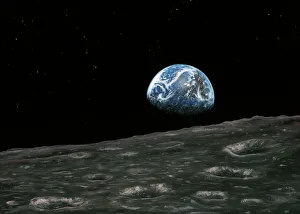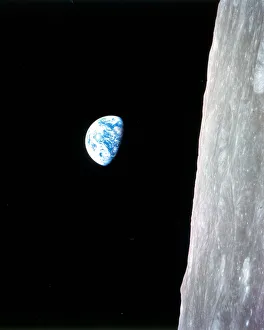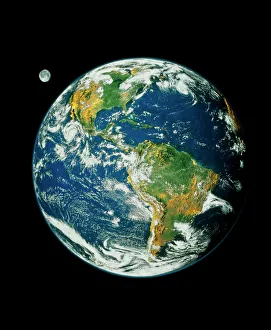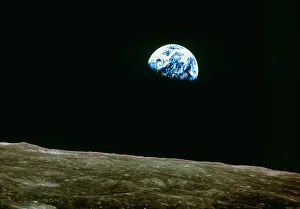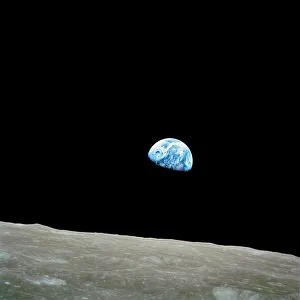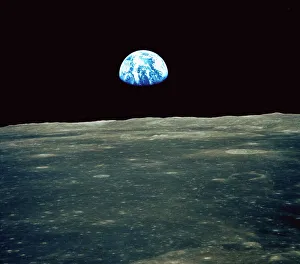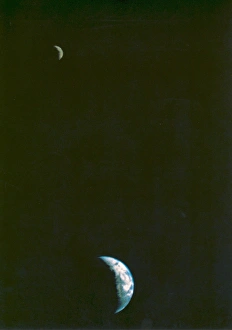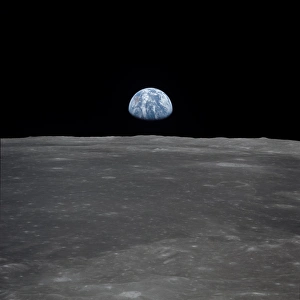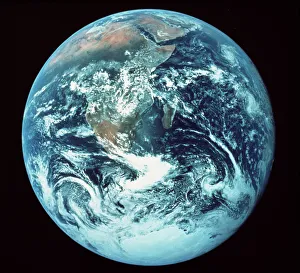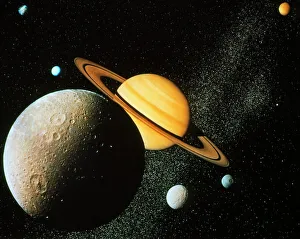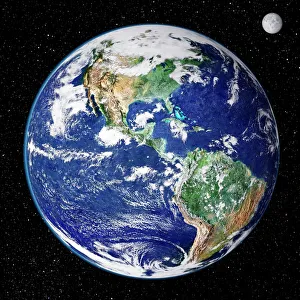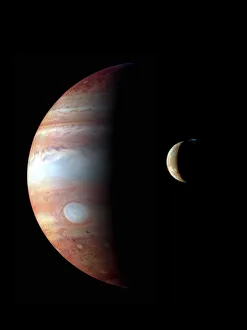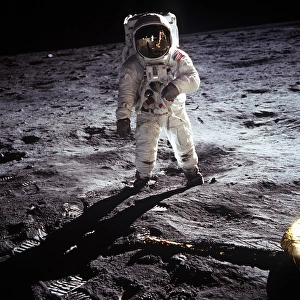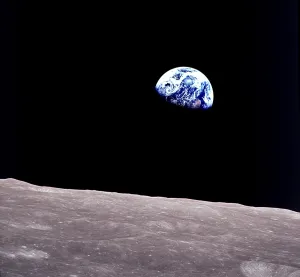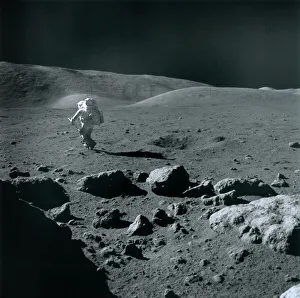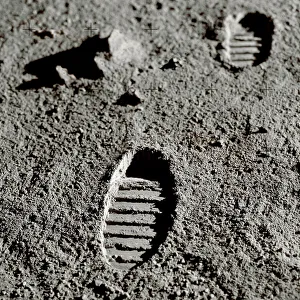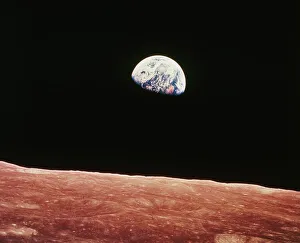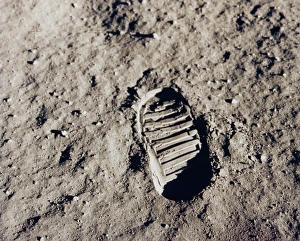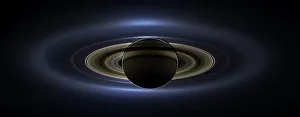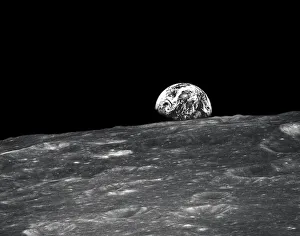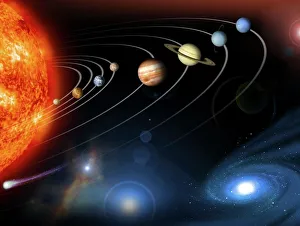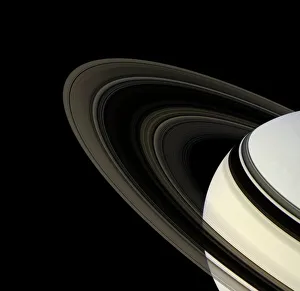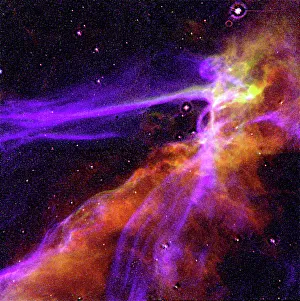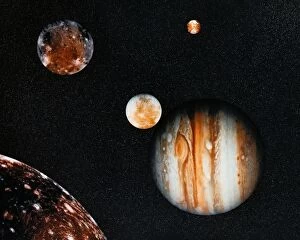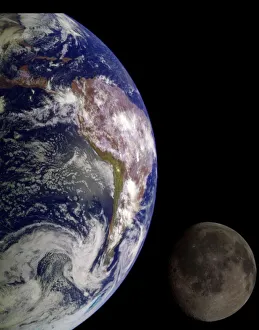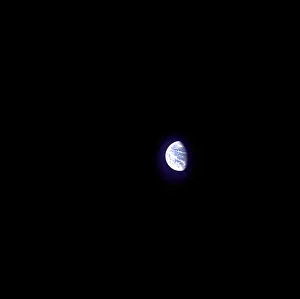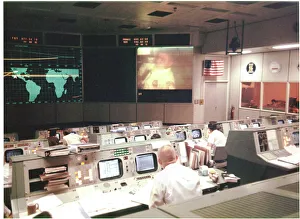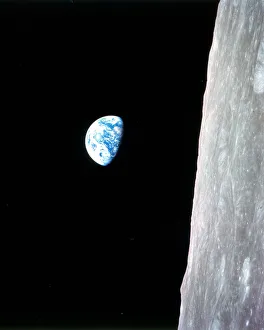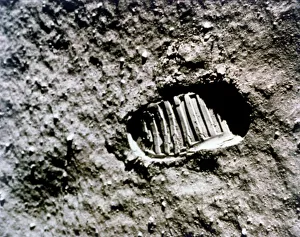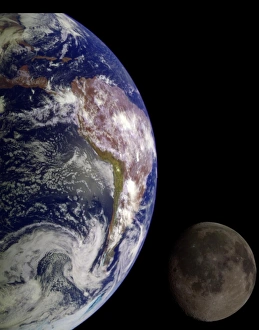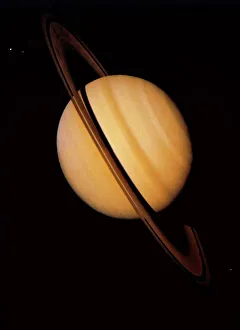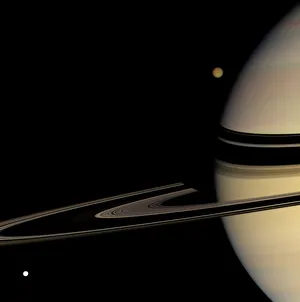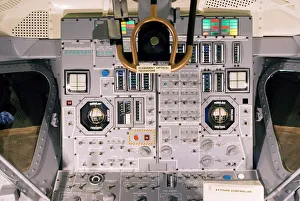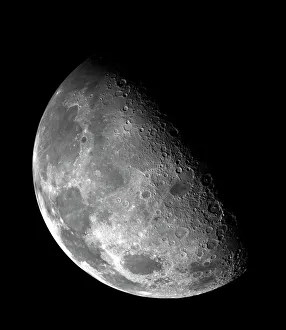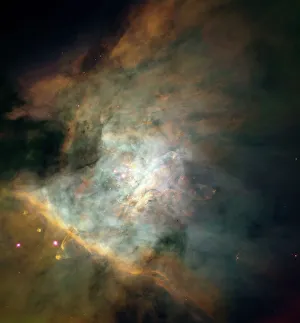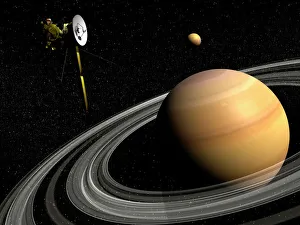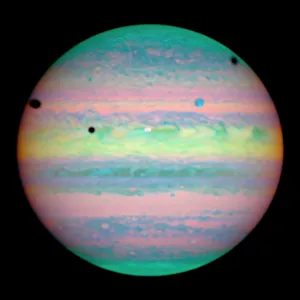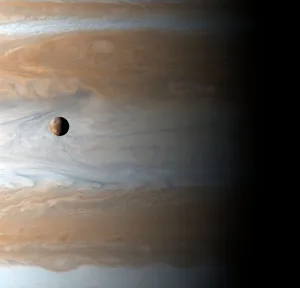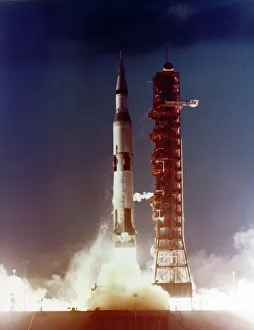The Moon Collection
The Moon is the only natural satellite of Earth and the fifth largest in the Solar System and has been a source of fascination for centuries
Choose a picture from our The Moon Collection for your Wall Art and Photo Gifts
505 items
All Professionally Made to Order for Quick Shipping
-
The Moon Collection
The Moon is the only natural satellite of Earth and the fifth largest in the Solar System and has been a source of fascination for centuries, with its mysterious dark side and bright face that waxes and wanes, and is believed to have formed 4.5 billion years ago when a Mars-sized object collided with Earth, ejecting debris that coalesced into our natural satellite. The Moon's gravitational pull causes tides on Earth, as well as influencing weather patterns and ocean currents. Has revealed much about our lunar companion, including its composition of minerals such as oxygen, silicon dioxide, iron oxide, magnesium oxide and calcium oxide; its lack of an atmosphere; its surface features such as craters; and evidence of past volcanic activity. The Moon continues to be an important part of space exploration today with plans for future missions to explore it further in search for answers about our universe's history.
+
Our beautiful pictures are available as Framed Prints, Photos, Wall Art and Photo Gifts
The Moon collection from Media Storehouse is a stunning array of wall art and framed prints that celebrate humanity's fascination with Earth's only natural satellite. Our collection features breathtaking images captured by NASA, including close-ups of the lunar surface, iconic moments in space exploration history such as the Apollo 11 moon landing, and artistic interpretations of the moon's beauty. Each piece in our collection showcases the intricate details and textures of the moon's surface, highlighting its rugged terrain and unique characteristics. Whether you're an astronomy enthusiast or simply appreciate beautiful artwork, these pieces are sure to captivate your imagination. With a variety of sizes and framing options available, it's easy to find the perfect piece for any space. Hang one on your living room wall to add a touch of cosmic wonder to your home decor or give one as a gift to someone who shares your love for all things celestial.
+
What are The Moon (Space Exploration Science) art prints?
The Moon art prints are a collection of high-quality, professionally printed images that showcase the beauty and wonder of our nearest celestial neighbor. These prints feature stunning photographs captured by NASA's various missions to the moon, as well as artistic renderings inspired by its unique landscape and features. From close-up shots of craters and mountains to sweeping views of the lunar surface from orbit, The Moon art prints offer a range of perspectives on this fascinating world. They make perfect additions to any space enthusiast's collection or can be used to add a touch of otherworldly elegance to any home or office decor. Whether you're looking for striking black-and-white images or vibrant color photos, we offer an extensive selection of Moon art prints in various sizes and formats. Each print is made using top-quality materials and printing techniques to ensure that it will last for years without fading or losing its vibrancy.
+
What The Moon (Space Exploration Science) art prints can I buy from Media Storehouse?
We offer a wide range of stunning art prints related to space exploration science, specifically the moon. These prints showcase various aspects of our closest celestial neighbor, including its craters, mountains, and other unique features. You can choose from a variety of styles and sizes to suit your personal preferences and decor needs. Some popular options include detailed maps of the lunar surface, breathtaking images captured by NASA's Apollo missions, and artistic renditions that highlight the moon's beauty in different ways. Whether you're an avid astronomy enthusiast or simply appreciate the natural wonders of our universe, these moon-related art prints are sure to impress. With our high-quality printing technology and premium materials, you can be confident that your chosen print will look stunning on any wall. So why not bring a piece of outer space into your home or office with one of these captivating moon art prints?
+
How do I buy The Moon (Space Exploration Science) art prints?
To buy The Moon art prints from Media Storehouse, you can visit their online store and browse through the available options. Once you have found the print that you would like to purchase, simply add it to your cart and proceed to checkout. During the checkout process, you will be prompted to enter your shipping and payment information. We offer a wide range of high-quality art prints featuring stunning images of space exploration science. Our collection includes a variety of sizes and styles, so you are sure to find something that fits your needs and preferences. Whether you are looking for a beautiful piece of artwork for your home or office, or want to give a unique gift to someone special, The Moon art prints from Media Storehouse are an excellent choice. With our easy-to-use website and secure online ordering system, buying these prints has never been easier.
+
How much do The Moon (Space Exploration Science) art prints cost?
The cost of The Moon art prints varies depending on the size and type of print selected. We offer a range of options, including framed or unframed prints, canvas prints, and poster prints. Each option has its own unique price point based on the materials used and the size of the print. You can choose from a variety of sizes ranging from small to large to suit their individual needs. The prices are competitive with other online retailers offering similar products. The Moon art prints are an excellent way to bring a piece of space exploration into your home or office. They make great gifts for science enthusiasts or anyone interested in astronomy and space travel. We provide high-quality art prints at reasonable prices for those looking to add some out-of-this-world decor to their living spaces.
+
How will my The Moon (Space Exploration Science) art prints be delivered to me?
We take great care in delivering your The Moon art prints to you. We use high-quality packaging materials to ensure that your print arrives in perfect condition. Depending on the size of your order, we may ship it flat or rolled up in a sturdy tube. We work with trusted shipping partners who are experienced in handling delicate and valuable items like art prints. They will deliver your package directly to your doorstep or mailbox, depending on the delivery method you choose at checkout. When you receive your package, please inspect it carefully for any damage during transit. If there is any issue with the quality of the print or packaging, please contact us immediately so we can resolve the problem as quickly as possible. We hope that you enjoy displaying your new The Moon art prints and appreciate our commitment to delivering them safely and securely to you.

